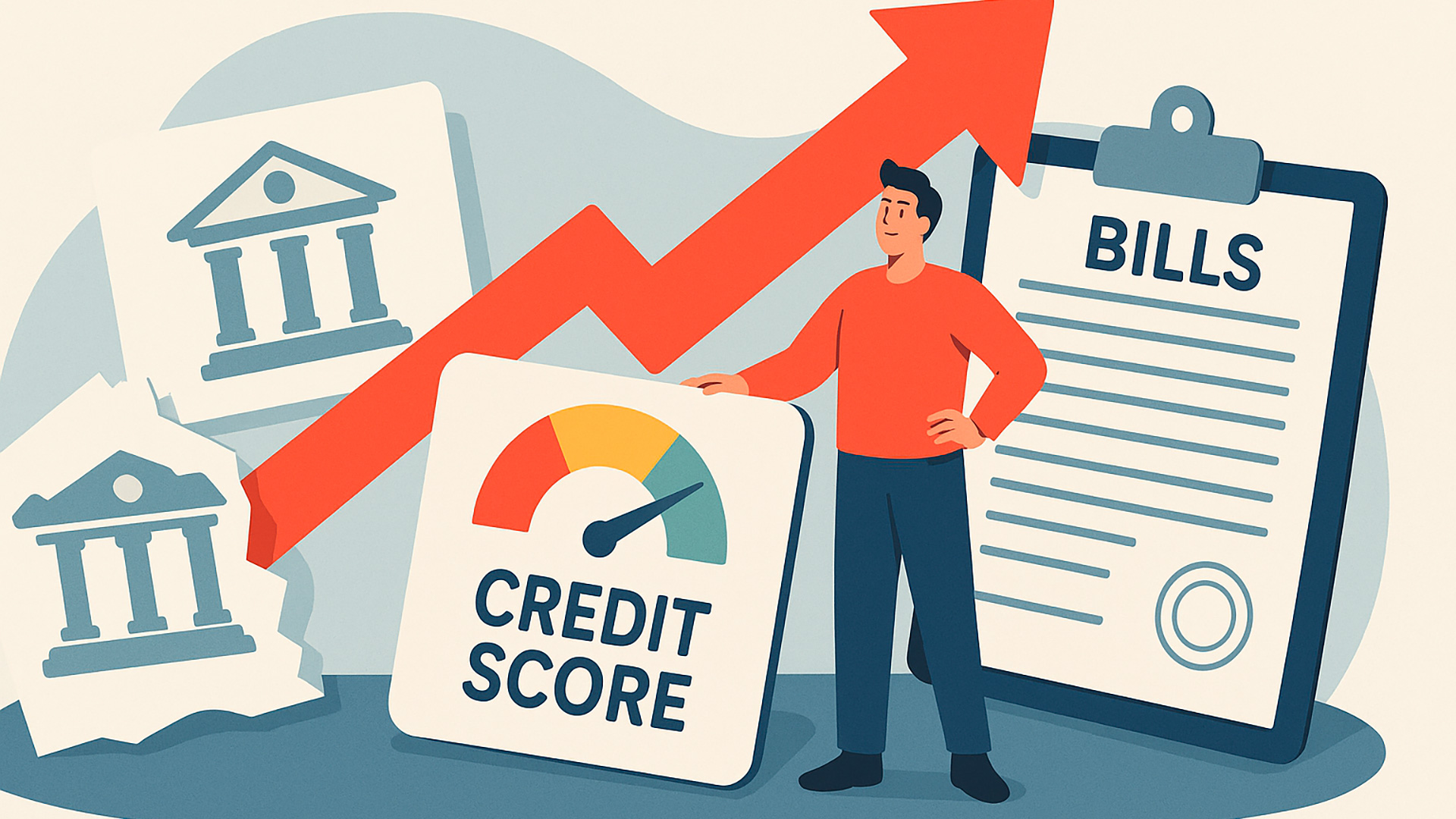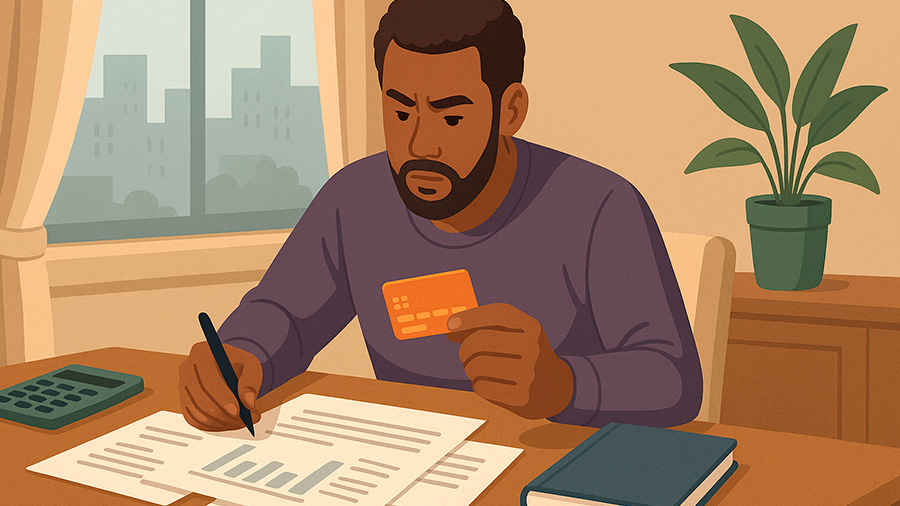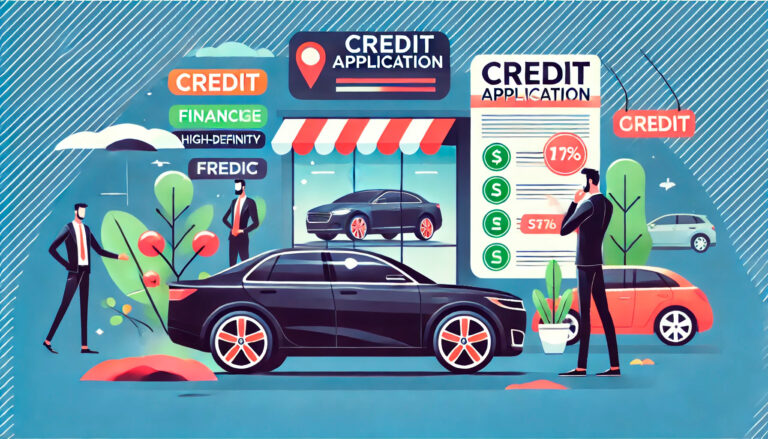
Every borrower dreams of paying less for loans and getting access to the best terms available. Whether it’s a mortgage, a personal loan, or a credit card, interest rates play a powerful role in shaping our financial lives. The difference between a 5% and a 15% rate can add up to thousands of dollars over time. That’s why understanding how to unlock better rates is one of the most valuable financial skills anyone can learn. Lower rates don’t just save money—they create opportunities. From improving credit scores to choosing the right timing for applications, borrowers who understand the system gain the advantage that turns credit into a tool rather than a burden.
Why Interest Rates Matter
Interest is essentially the price of borrowing money. When lenders evaluate an applicant, they consider how risky it is to lend. A borrower with a long history of on-time payments and low debt is seen as a safer bet and rewarded with better rates. On the other hand, people with poor credit or inconsistent repayment history pay more because the lender wants to minimize potential losses. Learning to unlock better rates means learning to speak the same language as lenders—showing financial responsibility, stability, and predictability.
What Determines Your Rate
There isn’t a single factor that sets an interest rate. Lenders weigh several elements together, creating a profile of your financial reliability. These include:
- Credit score: The higher your score, the lower your risk—and your rate.
- Debt-to-income ratio: Lenders want to see that your income can comfortably cover your current and future debts.
- Credit history length: Longer credit histories provide more data for lenders to evaluate.
- Type of loan: Secured loans (like mortgages) usually have lower rates than unsecured ones (like personal loans).
- Economic conditions: Broader market trends, like inflation and central bank policy, also influence what lenders offer.
Understanding these variables allows borrowers to take action before applying, strategically improving their position to unlock better rates.
Table: Factors That Influence Loan Rates
| Factor | Impact on Rate | How to Improve |
|---|---|---|
| Credit Score | High score = lower interest | Pay on time, reduce debt, correct errors |
| Debt-to-Income Ratio | Lower ratio = stronger approval odds | Increase income or pay down loans |
| Loan Type | Secured = lower rate | Use collateral if possible |
| Loan Term | Shorter terms often lower total cost | Choose realistic repayment timeline |
| Economic Environment | Rates rise with inflation | Apply when markets stabilize |
Real-Life Example: How Credit Impacts Borrowing Costs
Take two borrowers—Lisa and Mark—each applying for a $20,000 car loan. Lisa has a credit score of 780, while Mark’s score is 620. Lisa is offered a 4% interest rate, while Mark’s rate is 13%. Over five years, Lisa pays roughly $2,100 in interest, but Mark pays more than $7,500. The $5,400 difference shows how crucial it is to unlock better rates. This isn’t about luck; it’s about preparation and consistency. Lisa’s strong credit habits—making payments on time and keeping balances low—earned her real financial rewards.

Steps to Unlock Better Rates
Securing favorable rates isn’t reserved for financial experts. With patience and planning, anyone can make progress. The following steps can dramatically improve borrowing terms:
- Check your credit report regularly: Identify and dispute errors. Even small inaccuracies can cost you better terms.
- Lower your credit utilization: Keep balances below 30% of your credit limits.
- Pay off high-interest debt first: Reducing outstanding balances improves your debt profile.
- Build a longer credit history: Keep old accounts open and active.
- Shop around: Compare offers from multiple lenders before committing.
Each of these actions strengthens your financial profile, increasing the likelihood that lenders will offer reduced interest rates the next time you apply.
Quick Actions That Lead to Better Loan Offers
| Action | Why It Works | Typical Result |
|---|---|---|
| Check Credit Reports | Corrects errors and outdated information | Score increase within 1–3 months |
| Reduce Credit Card Debt | Lowers utilization ratio | Faster approval, better loan offers |
| Consolidate Loans | Simplifies payments, improves ratio | Lower interest and improved terms |
| Make Consistent Payments | Proves reliability to lenders | Gradual rise in score and credibility |
How Timing Affects Rates
Economic cycles play a major role in borrowing costs. When inflation rises, central banks raise interest rates to cool the economy. During these times, loans become more expensive. Conversely, during recessions or slow growth, rates often drop as policymakers encourage borrowing and spending. Borrowers who pay attention to these cycles can strategically unlock better rates by waiting for favorable conditions. Refinancing during low-rate periods is another effective tactic—many homeowners and car owners save thousands this way.
Example: Refinancing Success Story
In 2020, when interest rates dropped to historic lows, millions of homeowners refinanced their mortgages. One couple in Texas refinanced their 30-year loan from 5.2% to 3.1%, cutting their monthly payment by $280. Over the life of the loan, that equated to more than $100,000 saved. Their decision to monitor rates and act quickly demonstrates the tangible benefits of understanding when and how to unlock better rates.
How Credit Experts and Financial Advisors Help
While individuals can make progress alone, professionals offer additional guidance. Credit advisors and loan officers analyze your financial profile to find weaknesses and opportunities. They know how to negotiate with lenders and may suggest refinancing, balance transfers, or credit-building programs. Many banks even provide complimentary credit consultations. Working with experts can be especially helpful for borrowers who are recovering from missed payments or bankruptcy and are ready to unlock better rates after rebuilding their credit.
Long-Term Habits That Protect Your Rates
Maintaining excellent credit is a lifelong effort. Once you achieve better rates, protecting them becomes just as important as earning them. These habits ensure your financial reputation remains strong:
- Always make payments before due dates.
- Limit unnecessary borrowing or frequent new applications.
- Keep a mix of credit types—cards, installment loans, and long-term accounts.
- Regularly track your credit score using free or paid monitoring tools.
- Update financial goals annually and adjust strategies as life changes.
Practicing these habits ensures that once you unlock better rates, you continue benefiting from them for years to come.
The Broader Economic Perspective
Access to affordable credit doesn’t just help individuals—it stimulates the entire economy. When people can borrow at lower rates, they invest more in homes, education, and businesses. This creates jobs, drives innovation, and strengthens communities. On the corporate side, companies use credit to expand operations or survive downturns. For example, during the pandemic, many small businesses used low-interest relief loans to stay afloat. These credit options kept local economies alive, showing how the ability to unlock better rates can have a ripple effect far beyond personal finance.
Turning Knowledge Into Savings
Interest rates are more than just percentages—they represent opportunity, stability, and freedom. The ability to unlock better rates depends on preparation: building good credit, managing debt wisely, and acting at the right time. Real-life examples—from homeowners who refinance to borrowers who consolidate debt—prove that strategic financial habits can lead to life-changing savings. Whether you’re applying for your first loan or improving existing ones, every effort to strengthen your financial profile pays off. Better rates mean more than lower payments; they mean access to choices, confidence, and a brighter financial future.








